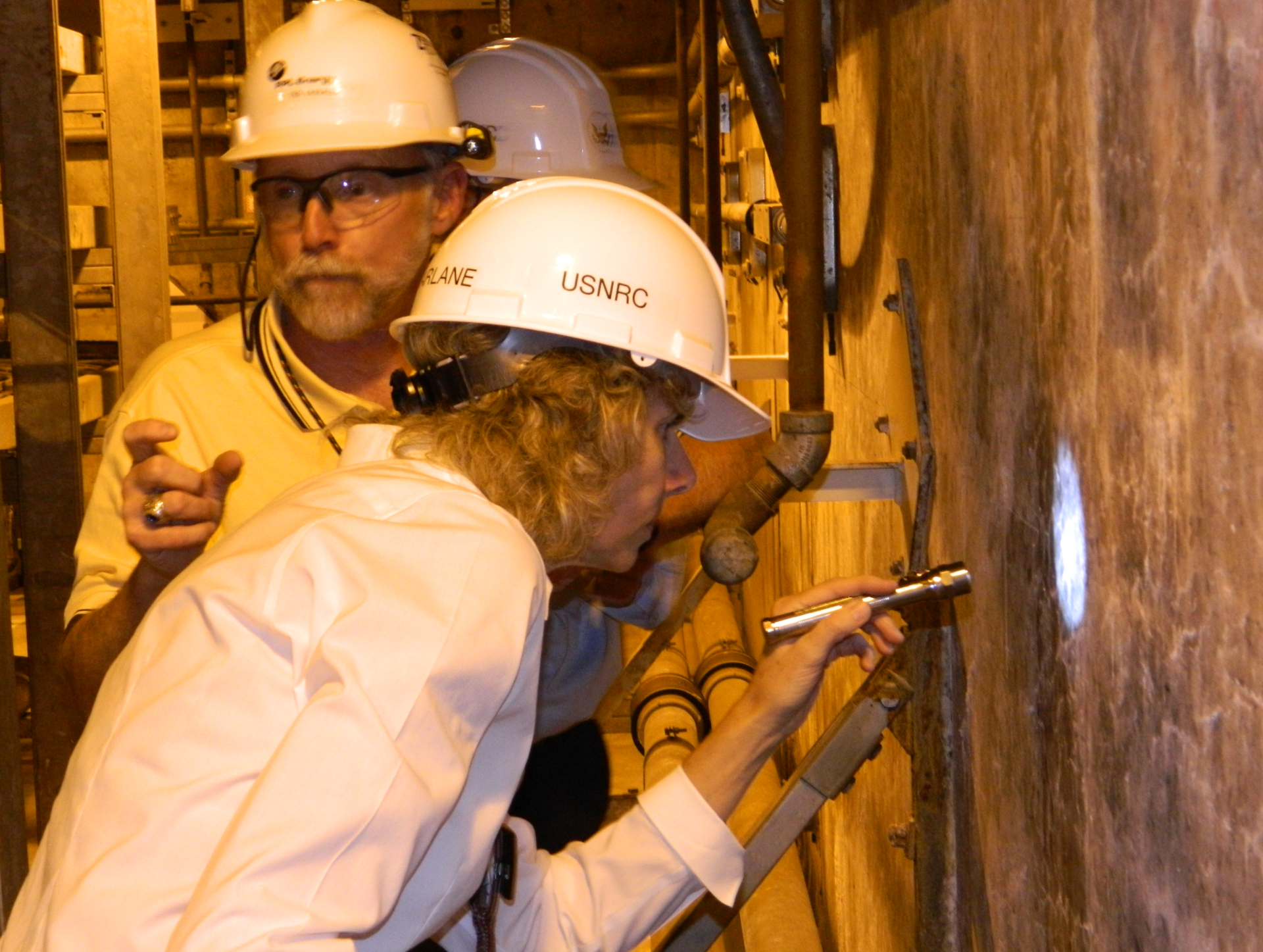C-10 Petitions NRC: Take Action on NextEra's Continued Violations & Missteps Related to Degrading Concrete
- By Sarah Abramson
- •
- 11 Oct, 2022
Three Quarterly Integrated Inspection Reports in a Row Include Violations - NextEra is not Following the License Requirements while the Concrete Degradation is Getting Worse Everyday.

The newest critical issue is that the plant has had over three years to install 54 devices called extensometers, at key locations, to track the extensiveness of the cracking concrete. As of the latest inspection report, there are still 7 missing.

The C-10 Research Team scheduled a zoom call with the NRC resident inspectors, and on September 15 they spoke with us about the gaps they found in how the plant owner NextEra Energy is monitoring ASR. Their full and technical comments can be found in the latest quarterly Integrated Inspection Report. It should provide some assurance that the inspectors are dedicated to holding NextEra accountable for their license requirements, to the fullest extent allowed under regulatory guidelines.
The buzz word of the report is "margin," the amount of additional degradation that a structure can handle before it must be deemed unsafe and unfit for continued use. These thresholds were established at the point of relicensing, and were a directive from the Atomic Safety and Licensing Board (ASLB) as a direct result of C-10's challenge to plans that would have set much lower standards (higher margin).
Here are C-10's key takeaways from the report, which we detailed in a letter emailed to local, regional, and national level NRC representatives:
- We'd like to see a citation level at the one-step higher "white" category so that a time requirement can be imposed for these fixes, given that this violation is in addition to ASR-related shortcomings in the last two Inspection Reports from 2021 Q4 and 2022 Q1
- As we learned from the 47 extensometers that have been installed as required, the problem may be worse than thought; seven structures are at or near exceeding structural design basis.
- There is a proposal to "reanalyze" the load capacity of some structures so that ASR margins can be increased, this would push the cracking further before the NRC would consider it being out of design basis, a practice that seems counter to safety
- Seven structures are receiving physical modifications like buttresses, with deeply drilled screws, into the degraded concrete to add margin, you can see the draft designs of those here.
- NRC field staff are on the case; and they agree with C-10 that they need more resources in order to provide the attention that is needed to inspect all ASR vulnerabilities, such as the seven missing extensometers only noticed as missing three years after they were required to be installed.
C-10 is grateful for the transparency that the NRC resident inspectors provide. To ensure that all levels of the NRC hierarchy take note of our concerns, we also submitted a formal petition for the NRC to issue an enforcement action to the plant. This document, called a 2.206 petition, was submitted on October 4 to the Executive Director of Operations, a position currently filled by Dan Dorman. This petition was carefully crafted by our expert insider, and advisory board member David Lochbaum, and C-10 Research Team. READ THE PETITION IN FULL HERE>>>

Follow us



